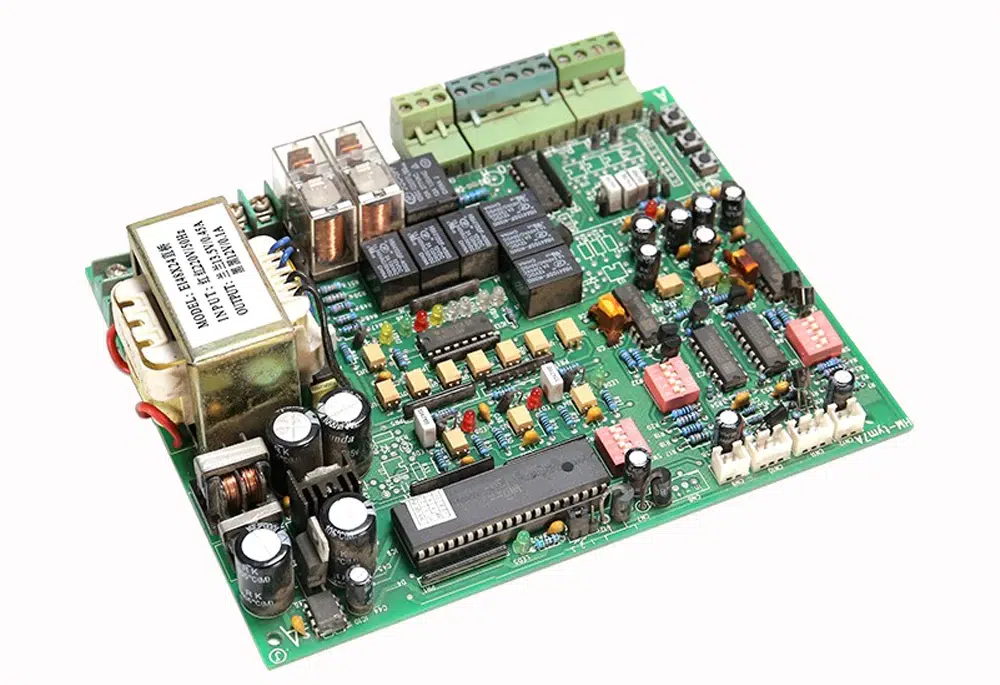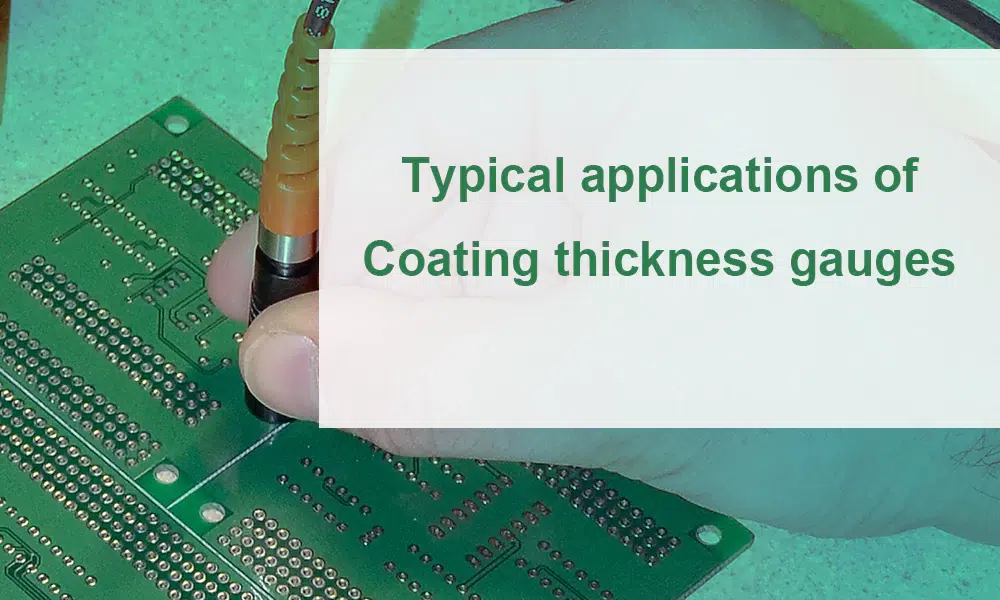Electronic components are components of electronic components and small machines and instruments, which are often composed of several parts and can be used in similar products. It often refers to certain parts of electrical appliances, radio, instrumentation and other industries, and is a general term for electronic devices such as capacitors, transistors, hairsprings, and clockwork. Common are diodes, active and passive components, etc.
The characteristics of electronic components are generally more complex in size and type, so the coating structure is more complex. The smallest common active and passive components even have a size of 0.4mm*0.2mm, which is very difficult to control and detect the thickness of electronic component coating, and the number is huge.

In the electronic components industry, there are many types of coatings. Common types of coatings include:
Metal coating: Metal plating is widely used in electronic components, common metals include gold, silver, copper, nickel, tin, zinc, etc. Metal plating provides electrical conductivity, corrosion resistance and wear resistance of electronic components.
Electroless coating: Electroless coating is a thin film coating formed on the surface of a substrate through a chemical reaction. Common electroless coatings include chemical nickel, chemical silver, chemical tin, etc. Electroless coatings can provide excellent corrosion resistance and a flat surface.
Electroplating: Electroplating is a coating formed by depositing metal ions on the surface of a substrate using electrolysis. Common electroplating in electronic components includes electroplated copper, electroplated nickel, electroplated gold, etc. Plating can provide good electrical conductivity and protective properties.
Organic coating: Organic coating usually uses polymer materials, such as solder masks, encapsulation materials, dust-proof coatings, etc. Organic coatings provide properties such as insulation, moisture and chemical resistance.
Silicone coatings: Silicone coatings are commonly used to protect electronic components from vibration, shock, and moisture. It has excellent protective properties and soft properties.

Different electronic components have different needs and applications in plating, and different types of plating will be selected according to specific uses and requirements. Coating thickness gauges play a critical role in coating applications, ensuring that the products produced meet quality standards, optimizing the coating process, and monitoring the wear and corrosion of coatings.
Coating thickness gauge is also widely used in the electronic components industry, it is mainly used to measure the thickness of thin film coating on the surface of electronic components, to ensure the quality and consistency of the coating.
Here are some typical applications:
Semiconductor industry: In semiconductor production, the thickness of thin film coatings is critical to the performance of electronic components. Coating thickness gauges can be used to measure the thickness of metal films, oxide films, and other materials to ensure that the performance of semiconductor devices meets specifications.
Electronic packaging and assembly: During electronic packaging and assembly, it is often necessary to measure the coating of solder joints, leads, metal connections, etc. Plating thickness gauges can be used to check the thickness of coatings to ensure the quality and stability of the weld.
PCB fabrication: Coatings on printed circuit boards (PCBs) also need to be measured to ensure the performance and reliability of the circuit board. Plating thickness gauges can be used to measure the thickness of electroplated copper layers, solder masks, copper clad layers, etc. to ensure the quality of PCBs.
Display manufacturing: In the manufacturing process of displays such as liquid crystal displays (LCDs) and organic light-emitting diodes (OLEDs), coating thickness gauges can be used to measure the thickness of coatings to ensure brightness, contrast, and color accuracy of displays.
Conductive coating: Some electronic components need to have conductive properties, such as touch screens, conductive adhesives, etc. Coating thickness gauges can be used to measure the thickness of conductive coatings to ensure that their conductivity meets requirements.










